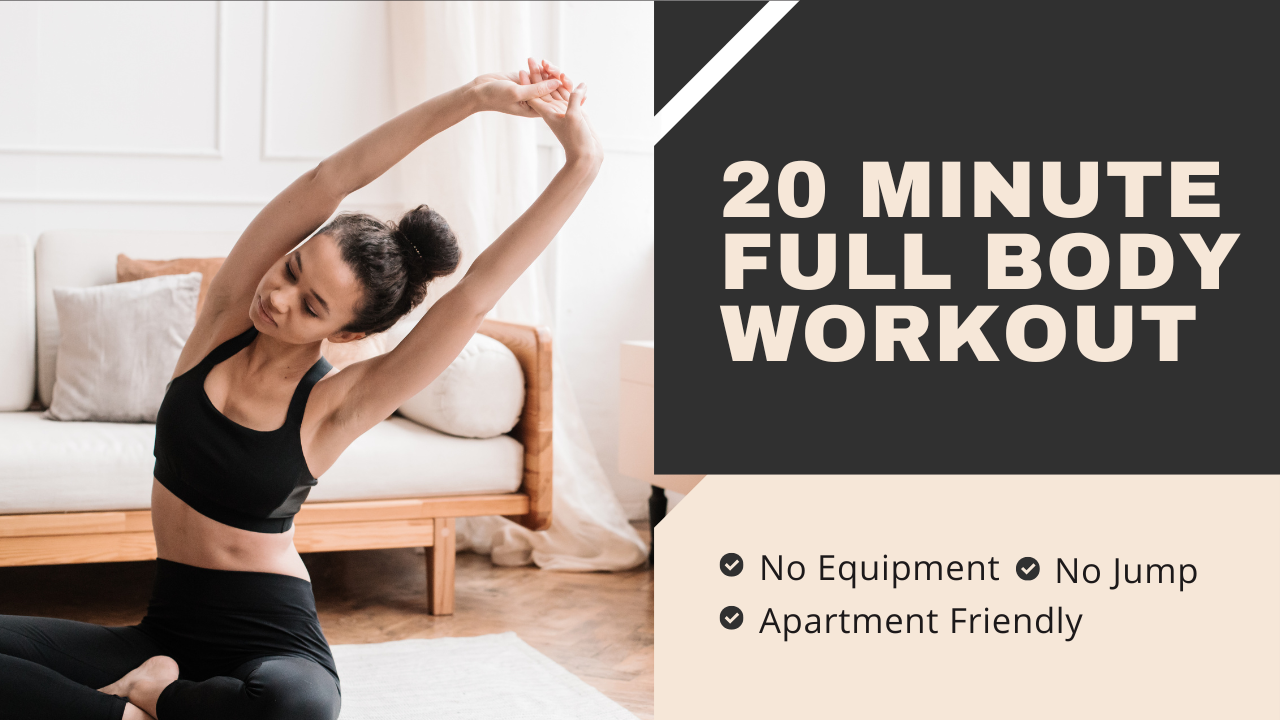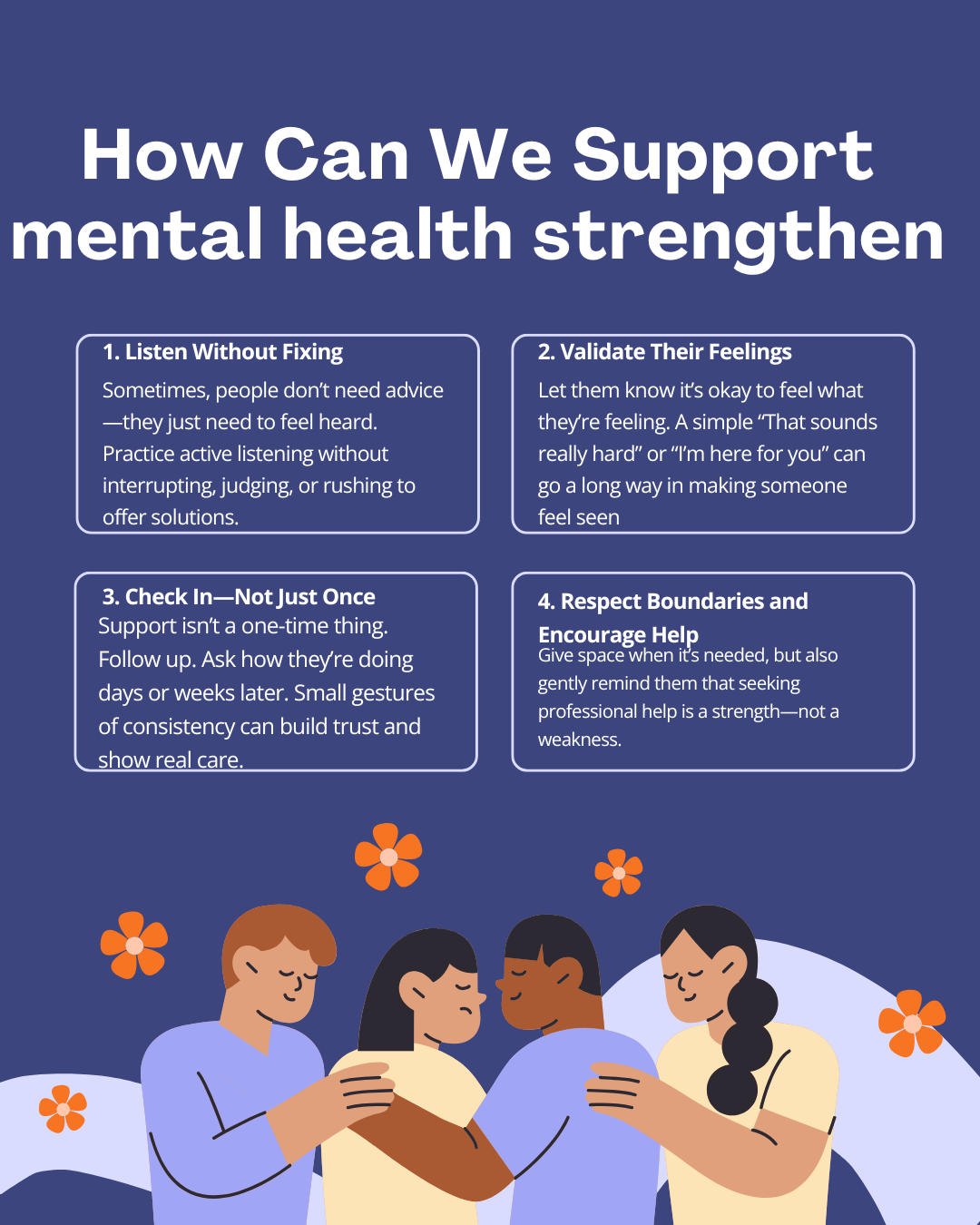20 minutes HIIT workout at home time is one of the biggest obstacles to maintaining a solid fitness routine. If you’re juggling work, family, and countless to-do lists, fitting in an effective workout might feel next to impossible. That’s where High-Intensity Interval Training (HIIT) can be a life-saver. With just 20 minutes and a little bit of floor space, you can get a total-body workout that leaves you buzzing with energy and on track toward your fitness goals.
This guide will take you through everything you need to know about HIIT—from what it is and why it works to a full 20-minute workout plan you can do at home. We’ll also cover tips for beginners, safety considerations, and how to adapt the workout to suit various fitness levels. Let’s get started!
What is HIIT?
High-Intensity Interval Training (HIIT) is a workout style that alternates short, intense bursts of activity with brief periods of rest or low-intensity recovery. The idea is to push your body as hard as you can during the high-intensity sections, raising your heart rate close to its maximum, and then allow it to recover during the rest periods.
For example, you might sprint for 30 seconds, then walk for 30 seconds, repeating this cycle for a set amount of time. Although HIIT workouts are relatively short, they pack a significant punch, making them a popular choice for busy individuals.
Why HIIT Works
One of the biggest draws of HIIT is that it combines efficiency with effectiveness. Here’s why it works so well:
- Maximizes calorie burn in less time: HIIT workouts increase your heart rate, allowing you to burn more calories even after you’ve finished exercising, thanks to a phenomenon known as the afterburn effect (excess post-exercise oxygen consumption, or EPOC).
- Improves cardiovascular health: The high-intensity intervals challenge your heart and lungs, enhancing their strength and endurance over time.
- Preserves muscle while burning fat: Unlike steady-state cardio, HIIT allows you to maintain or build muscle while shedding fat, making it an excellent choice for body composition goals.
- Customizable for every fitness level: Whether you’re a beginner or a seasoned athlete, HIIT can be adjusted to suit your needs.
Benefits of HIIT for Busy Individuals
HIIT workouts are efficient, making them ideal for anyone with a hectic schedule. Here are some benefits tailored to the needs of busy people:
- Time-efficient: You only need 20 minutes to squeeze in an effective HIIT session, compared to the longer durations required for traditional cardio or resistance workouts.
- No equipment required: Most HIIT exercises use your body weight, so they can be performed anywhere—your living room, backyard, or even a hotel room.
- Boosts energy: Rather than draining you, HIIT often leaves you feeling energized thanks to endorphins released during exercise.
- Flexible schedules: You don’t need to commit to a gym or long commutes. With HIIT, convenience is king.
A Complete 20-Minute HIIT Workout (No Equipment)
This 20-minute HIIT workout includes three sections: warm-up, main workout, and cool-down. It’s designed to target multiple muscle groups while improving your cardio performance. You’ll need a timer, a water bottle, and a workout mat.
Warm-Up (3 Minutes)
Take a few minutes to prepare your body for the intense work ahead. A good warm-up raises your heart rate and loosens your joints to prevent injuries.
- Arm circles: 30 seconds forward, 30 seconds backward.
- High knees: Jog in place, lifting your knees toward your chest for 1 minute.
- Dynamic lunges: Step forward into a lunge motion, alternating legs, for 1 minute.
Main Workout (14 Minutes Total)
Perform the following exercises in intervals of work and rest. Complete 40 seconds of work at maximum intensity for each exercise, followed by 20 seconds of rest. Cycle through the circuit twice.
1. Jump Squats
- Focus area: Legs and glutes.
- Instructions: Start in a squat position. Jump explosively and land back into a squat.
- Modification for beginners: Perform regular squats with no jumping.
2. Push-Ups
- Focus area: Chest and triceps.
- Instructions: Lower into a push-up position, keeping your body straight. Push back up.
- Modification for beginners: Drop to your knees for a modified push-up.
3. Mountain Climbers
- Focus area: Core and cardio.
- Instructions: From a plank position, alternate driving your knees toward your chest at a rapid pace.
- Modification for beginners: Slow down the pace or step one leg at a time.
4. Burpees
- Focus area: Full body.
- Instructions: From a standing position, drop into a plank, perform a push-up, jump back to standing, and leap upward.
- Modification for beginners: Skip the push-up or step back into the plank instead of jumping.
5. Plank Jacks
- Focus area: Core and shoulders.
- Instructions: From a plank position with hands under shoulders, jump your legs out and back together as if doing a horizontal jumping jack.
- Modification for beginners: Step your legs out one side at a time instead of jumping.
Repeat the exercises for a total of two circuits.
HIIT workout at home in Cool-Down (3 Minutes)
After pushing your body hard, it’s essential to wind down with some light stretches to relax muscles and prevent stiffness.
- Child’s Pose: Sit back on your heels, stretch your arms forward on the floor, and hold for 1 minute.
- Cat-Cow Stretch: Alternate between arching your back (cow pose) and rounding it (cat pose) for 1 minute.
- Forward Fold: Stand tall, then bend at the hips, reaching toward your toes, and hold for 1 minute.
Tips for Beginners
- Start slow: If you’re new to HIIT workout at home begin with shorter intervals (20 seconds of effort, 40 seconds of rest) and focus on proper form.
- Listen to your body: It’s normal to feel challenged, but stop immediately if you experience sharp pain or dizziness.
- Progress gradually: Over time, aim to increase the intensity of your movements rather than rushing through the exercises.
Safety Precautions
- Consult a doctor: If you have any preexisting health conditions, get medical clearance before starting HIIT.
- Hydrate: Keep water close and take sips during rest periods.
- Focus on recovery: Incorporate rest days or light activity between HIIT sessions to allow your body to repair and grow stronger.
How to Modify for Different Fitness Levels
- Beginners: Shorten work intervals, reduce impact (e.g., no jumping), and select easier variations.
- Intermediate: Stick with the standard intervals and aim for consistent form.
- Advanced: Increase the intensity by adding weighted vests or combining multiple movements (e.g., burpee + push-up).
Staying Motivated with At-Home HIIT
Fitness is as much a mental game as it is a physical one. Here are some tips to stay consistent:
- Set a routine: Pick specific days and times for your HIIT sessions and treat them as non-negotiable.
- Track progress: Use a fitness journal or app to log your workouts and celebrate improvements.
- Find variety: Challenge yourself with new exercises to keep things interesting.
- Reward yourself: Treat yourself after achieving milestones—be it new workout gear or a relaxing self-care day.
Final Thoughts
HIIT workout at home is more than just a quick fix—it’s a sustainable way to improve your health without monopolizing your schedule. By dedicating just 20 minutes HIIT workout at home to this powerful training style, you can achieve remarkable results over time. Whether you’re looking to torch calories, build strength, or simply stay consistent, HIIT’s versatility makes it accessible to everyone.
Now it’s your turn to give this 20-minute workout a try. Lace up, get moving, and celebrate the power of efficient fitness—all from the comfort of your home!



